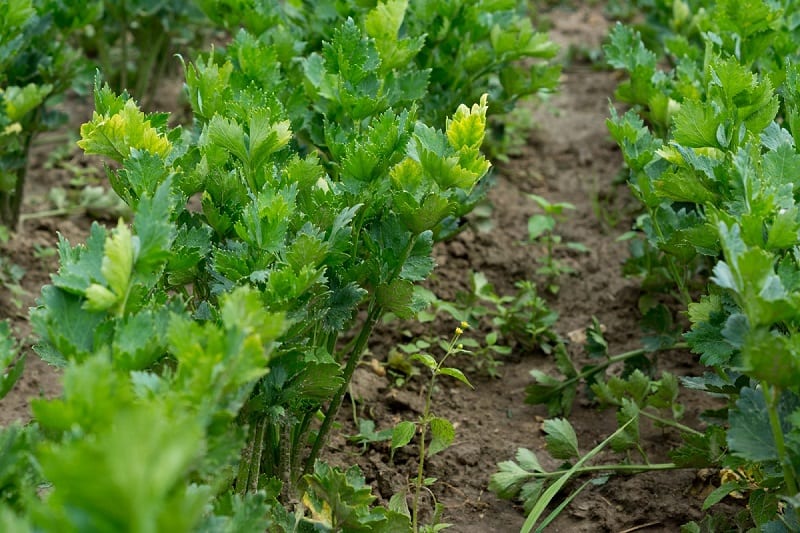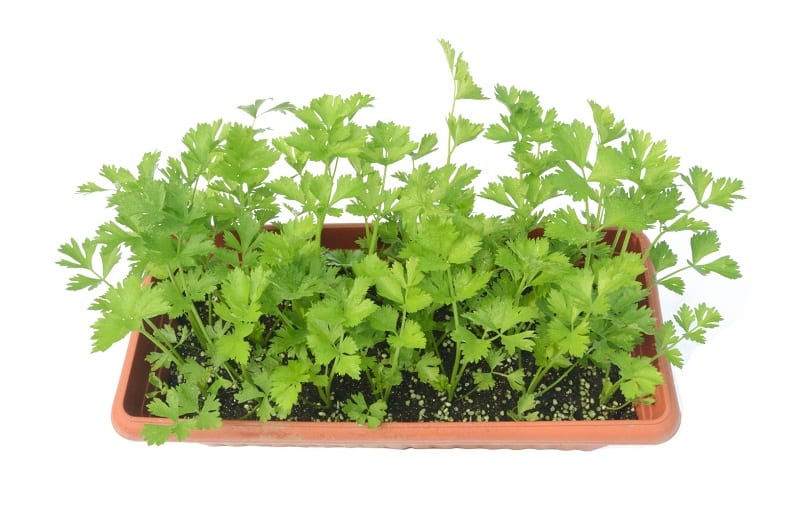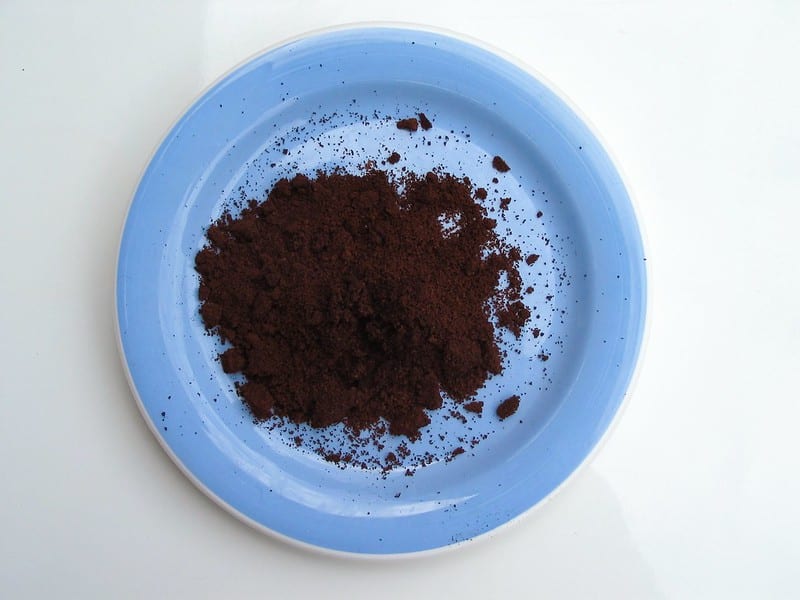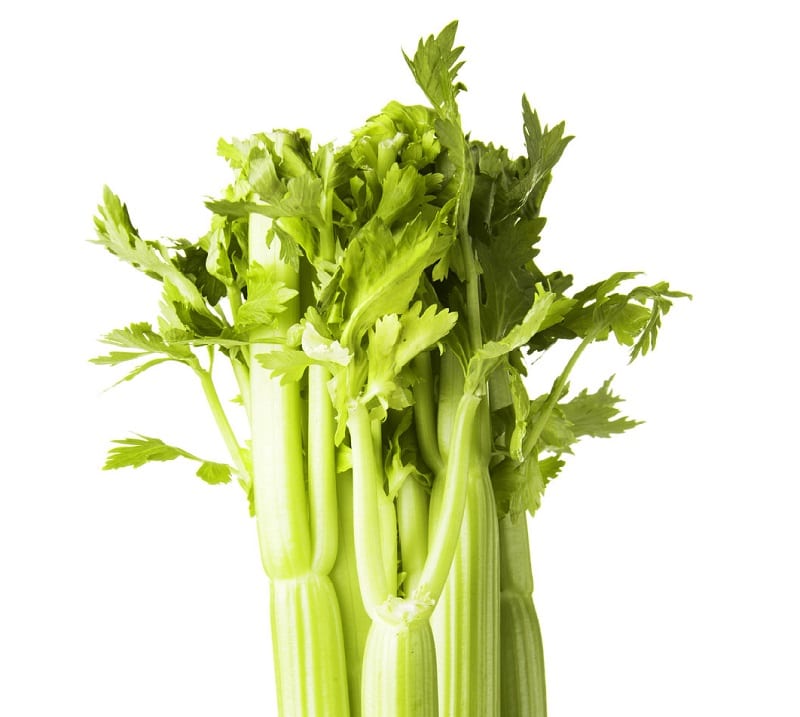
Celery is popular for its many health benefits, versatility, and delicious crunch, but it’s not a backyard winter garden staple. That’s because most gardeners find the plant difficult to grow – and that’s a shame. Celery grown in the garden has longer stalks ending in lush, leafy tops that can be juiced or diced and added to stews, stir-fry dishes, and soups.

There is also the fact that commercial celery is one of the most pesticide-laden crops you’ll find on supermarket shelves. So, not only is garden celery better tasting, but it’s also it’s a good deal less toxic.
Celery favors cooler weather, rich and fertile soil, and ample water to grow crisp and juicy. Because the plant requires a long growing season, first-time planters are probably better off starting them from seedlings.
Growing Celery
Contents
You can plant the seedlings in the ground or in a large pot. Celery roots range from 18 to 24 inches, according to a guide prepared by the University of California Cooperative Extension for Los Angeles County. That means you’ll need a deep container.
For any vegetable, find the optimum depth and then add another 4 inches to the pot so the roots have some room to grow, says Yvonne Savio, creator of the blog, Gardening in LA. You don’t want the roots pushing against the sides of the pot.
Finally, choose a location exposed to moderate sunlight. Celery will not endure high summer temperatures, but the vegetable needs at least four to six hours of sun daily.

Soil Preparation and Planting
Celery prefers soil with a pH between 5.8 and 6.8. Conduct a soil test if you’re not sure of your soil pH. Savio recommends spreading 1 to 2 inches each of compost and cow or steer manure, topped with an inch or so coffee grounds. You don’t need to dig the amendments into the soil. You can just scratch them in a few inches deep.
Experts agree that you should let the amended soil “cook” for a week or so before planting. Fresh amendments, especially manures, initially raise the soil temperature. The heat can burn tender seedling roots.
If you’re using a pot, mix two-thirds good potting soil with one-third equal mixture of compost and manure. You would do well to top the mixture off with a cup or two of coffee grounds.
You can start planting your celery seedlings outside once temperatures reach 10° celsius, according to the Old Farmer’s Almanac. Plant the seedlings 8 to 10 inches apart.

Water Works!
Celery needs water to grow straight, sweet, and tall. So, keep the soil moist. A rainy winter can often provide sufficient moisture, but be vigilant. Dip your finger 3 inches into the soil and if it feels dry, water or else buy a soil meter to measure soil moisture.
“Once the weather starts getting hot, your celery will start producing seeds and turn bitter, much the way that lettuce bolts in the heat,” Savio says.
If your celery starts tasting “like turpentine” or the stalks turn wobbly, they require more water. If there’s no rain, you can water your plot deeply just once a week in the winter. That is if your soil holds water well. Otherwise, your garden will need more frequent watering.

A Harvest of Healthy Benefits
Once your plant has eight to 10 good-size stalks – usually within four to six weeks – you can start harvesting. Snap off stalks at the base, from the outside. Cutting can damage the plant and weaken it.
Health experts will swear by the almost miraculous healing properties of celery. The vegetable prevents cancer and inflammation, detoxifies the liver, lowers the blood pressure. A glass of fresh celery juice in the morning also gives you more energy throughout the day, among others.
Your plants will grow new stalks until they go to seed. You can expect to keep harvesting celery well into the spring. If you let your plants go to seed, you’ll one day wake to a final beautiful display of delicate white celery flowers in your garden.
Here’s a quick video…








